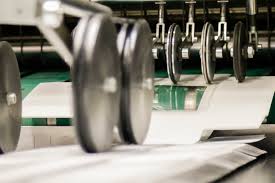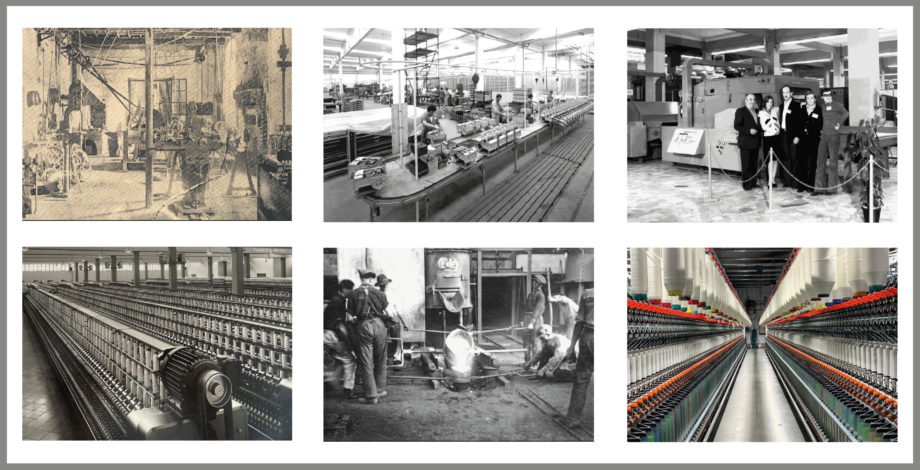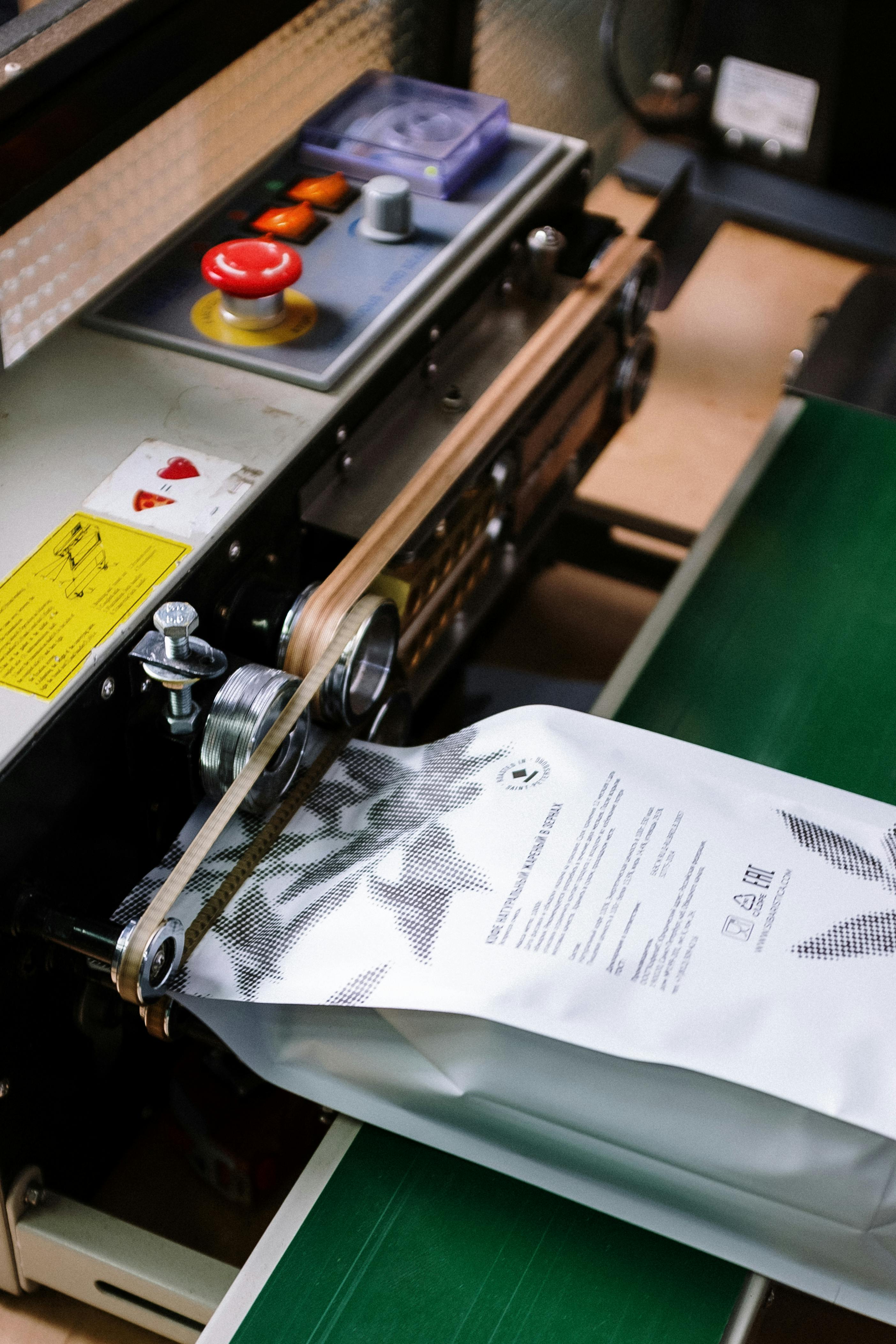Ukraine: Market Opportunities and Accessibility for EU Wines
The recent abolition of duties on EU wines is a further development opportunity for European sales, already showing a strong growth
Published by Valeria Minasi. .
Food&Beverage Europe Export markets Market AccessibilityFrom 1st January 2021, the elimination of customs duties on wines exported from EU to Ukraine has been implemented. Their elimination is a direct consequence of the trade agreements between Ukraine and EU initiated in 2004 and entered into force in 2017. The Agreements with the European Union, with the aim of achieving the liberalisation of trade, allow an unlimited access to a very wide market that, in the last year, imported wine from the EU for about €110 million.
For some years now, the Ukrainian market has been showing particularly accelerated growth dynamics for European wine sales: between 2015 and 2020, EU exports of bottled wine rose from just over €20 million to over €80 million last year (ExportPlanning pre-estimates based on the most recent customs declarations from Eurostat); similarly, EU exports of sparkling wine rose from €10 million to nearly €30 million in 2020.
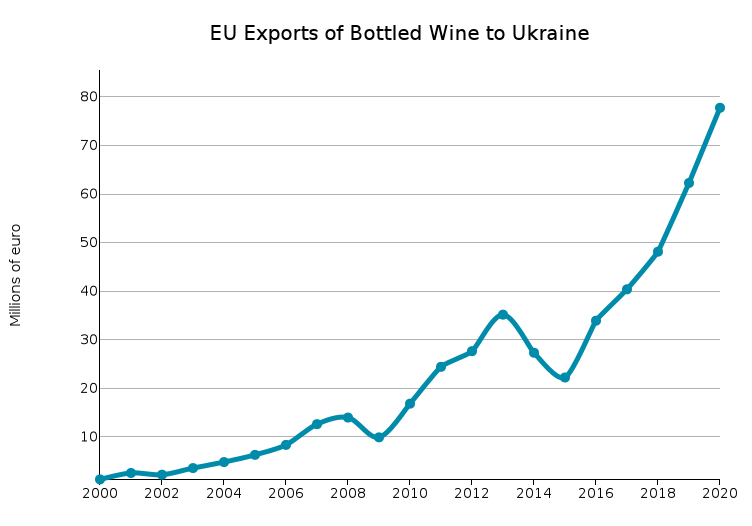
|
|
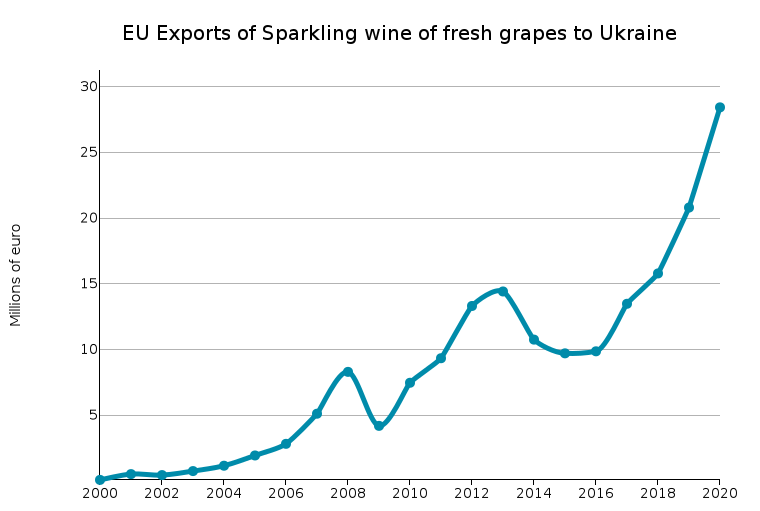
|
|
Source: ExportPlanning - Market Research - Analytics, EU Quarterly Trade Data
Ukraine and wine: consumption trends
Ukraine is the eighth most populated country in the European area; it has about 42 million inhabitants (2018) and a GDP of around $3,000 per year (about €2,400). The economy was severely affected by the crisis with Russia: the domestic currency depreciated, to the detriment of households’ purchasing power. The Ukrainian middle class is extremely narrow and the population generally has a very low income.
Nevertheless, the country in Soviet times was the biggest manufacturer of wine in the USSR. Today, the demand for wine, as explained by the development of imports, continues to increase especially for the premium-price market, i.e. for high quality wines (as the European ones); nonetheless, in terms of quantity, the medium and low market shares prevail in terms of demand. The wine market in Ukraine is a growing, as a result of a compensating effect: the Ukrainian consumers drink less traditional alcoholic beverages and prefer “soft” products such as wine or beer.
Another issue that needs to be mentioned is local production. In the last few years, some international wine varieties has been introduced in the local Ukranian production, leading to the production of still wines. This production, of a medium-low quality, is destined to local consumers and to some foreign countries, such as Russia, Germany, and Georgia. Crimea, the area of Nikolaev and Kherson in the South, and the area on the borders with Hungary, in the west, are considered as growing wine regions.
For sparkling wines, Italy is the first exporter with a market share of 39.1%; this share is expected to increase to 46.3% in 2023, according to ExportPlanning Forecast. The second most relevant player is France (with a market share amounting to 11.9%), Georgia (7.3%), Spain (7.2%) and Belgium (6.1%). For the import of wine in bulk, Italy represents the second major exporter, and it follows Moldova (but the positions should be inverted in the next years). Wine in bulk is bottled in Ukraine and is destined to the manufacture of “shampanskoe”, a local sparkling wine.
Generally, in Ukraine, wine imports are managed by a few local firms and there is, actually, an oligopoly. In order to start exporting to Ukraine, it is therefore desirable to seek out trustable importers, with well developed distribution channels in the Horeca sector, where European wines (French or Italian) are leaders.
Market Accessibility: requested documents
Beside the general export documents (Export Invoice, Customs Declaration, Transport documents, packing list and Certificate of Origin), in order to export wine from a EU country to Ukraine, some particular procedures are requested. We shall try to resume them as follows:- Analysis: foodstuff destined to import has to be accompanied by an “international certificate and other documents following the rules”; this certificate must be in two languages (Ukrainian and English or other), stamped and signed by an authorised body in the country of origin or of manufacturing;
- Labelling: in Ukrainian;
- Shipping documents: together with the above mentioned documents, it is necessary to attach a Contract between the parties too, following the Ukrainian law on foreign Trade, on the basis of a form issued by the local Ministry of Economy.
Other documents could be requested for particular cases. It should be noted that, once the goods are imported in Ukraine, the importer, owner of specific licences, should undergo inspections of goods; in addition, wine is subject to local taxes and excises, varying from type to type.
In Ukraine, selling alcoholic beverages to people younger than 18 is forbidden.
Learn more about the accessibility elements of the Ukrainian wine market through the dedicated IMA (International Market Accessibility) ExportPlanning Market Report.
For more information on the service, see the Help Desk IMA section.
